Condensation is a common issue for campers, especially in the UK where damp conditions are frequent. But don’t worry—while you can’t eliminate condensation entirely, you can significantly reduce it with the right setup and habits. Here’s how to keep your bell tent fresh, dry and comfortable.
What Causes Tent Condensation?
Condensation happens when warm, moist air inside your tent hits a cooler surface—typically the tent walls or roof—and turns back into water droplets.
Main causes include:
-
Breath and body heat
-
Wet gear or clothing
-
Cooking or using a stove inside the tent
-
Poor ventilation
Tips to Prevent Condensation in Your Bell Tent
✔ Choose a breathable fabric
Cotton and polycotton bell tents allow moisture to escape, unlike synthetic options. This is one of the best ways to reduce condensation naturally.
✔ Ventilate, even when it’s cold
Leave air vents open and unroll side walls if possible to promote airflow. Cross-ventilation helps moisture escape rather than collect.
✔ Keep wet items outside
Store wet coats, boots, and towels in the porch area or under a canopy to avoid raising humidity levels inside.
✔ Use a groundsheet protector
This adds a buffer between cold ground and your inner tent, reducing moisture rising up from below.
✔ Avoid cooking inside
Boiling water or frying food releases lots of moisture. Cook outside where possible, or use proper ventilation if using a stove.
✔ Use a small heater or dehumidifier
If on mains power, a low-wattage heater can help keep air moving and reduce moisture build-up.
What If Condensation Happens Anyway?
Some moisture is normal—especially overnight. Here’s what to do:
-
Wipe down tent walls in the morning with a dry cloth
-
Air out the tent fully when packing down
-
Dry the tent completely before long-term storage to prevent mould
Condensation doesn’t mean there’s something wrong with your tent—it’s a natural reaction to temperature changes and humidity. But with the right setup, breathable fabric, and good airflow, you can enjoy your bell tent in comfort all year round.
Want to learn more? Be sure to check out our other guide that goes over whether Bell Tents are Waterproof?


 Canvas Bell Tents
Canvas Bell Tents Bell Tent Accessories
Bell Tent Accessories
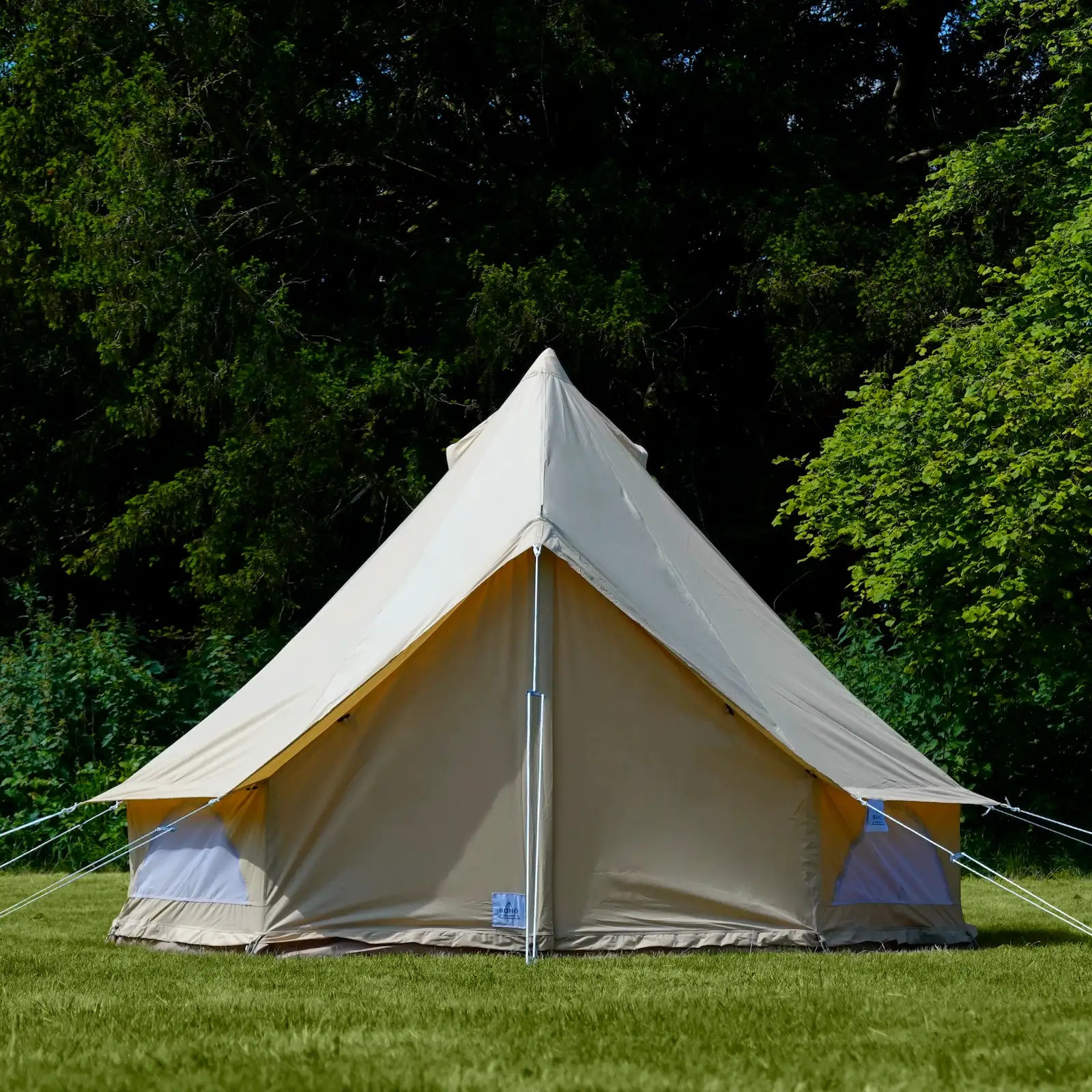

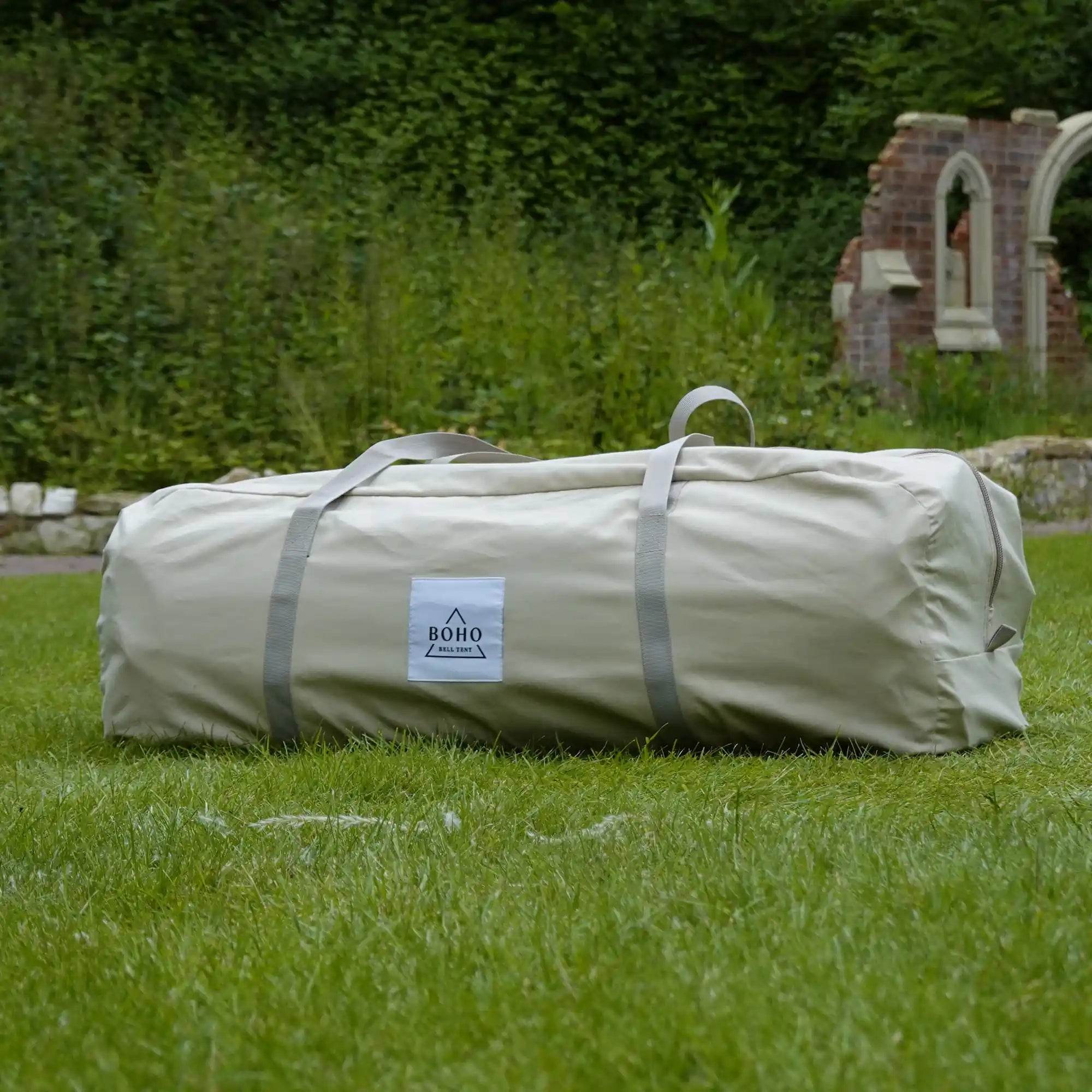
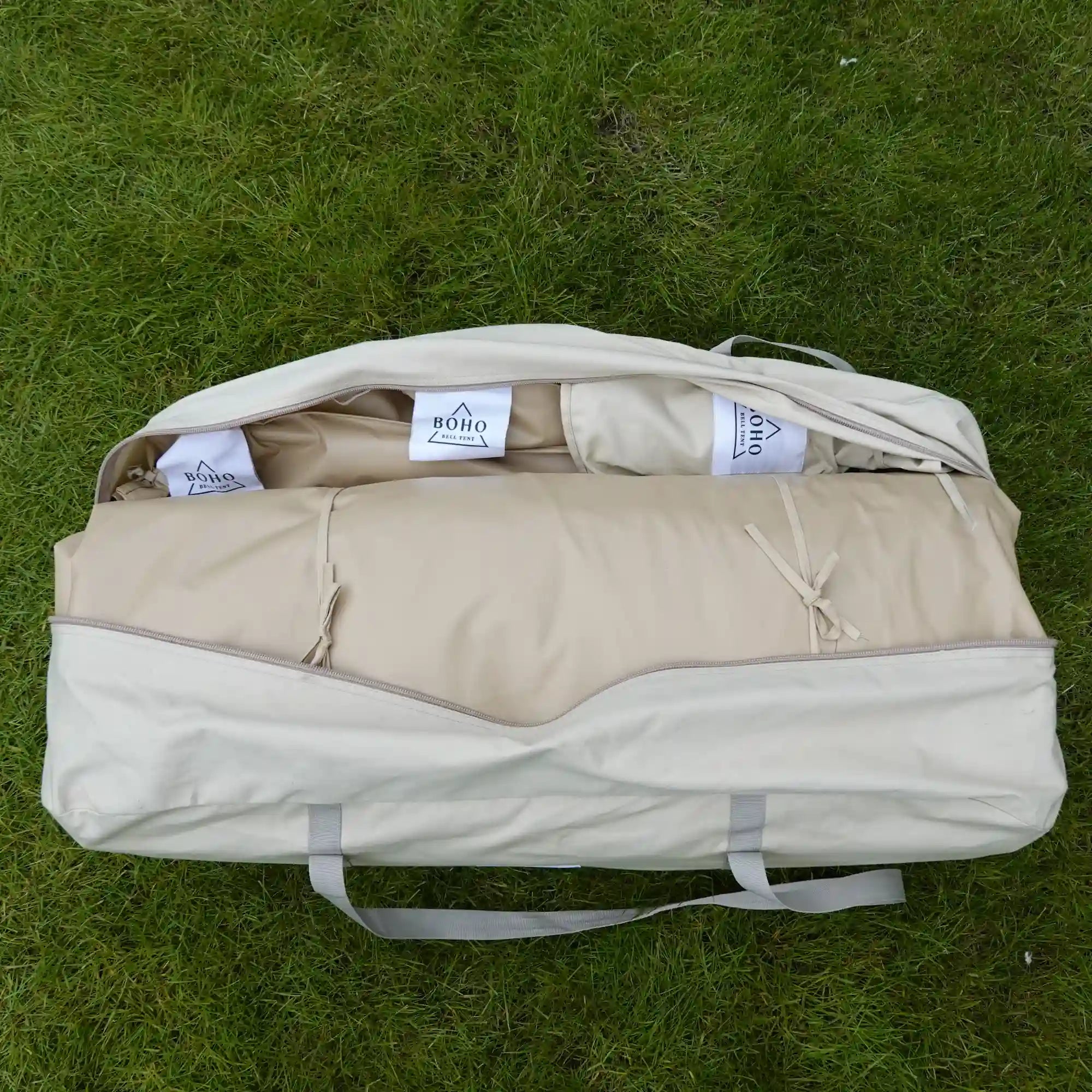

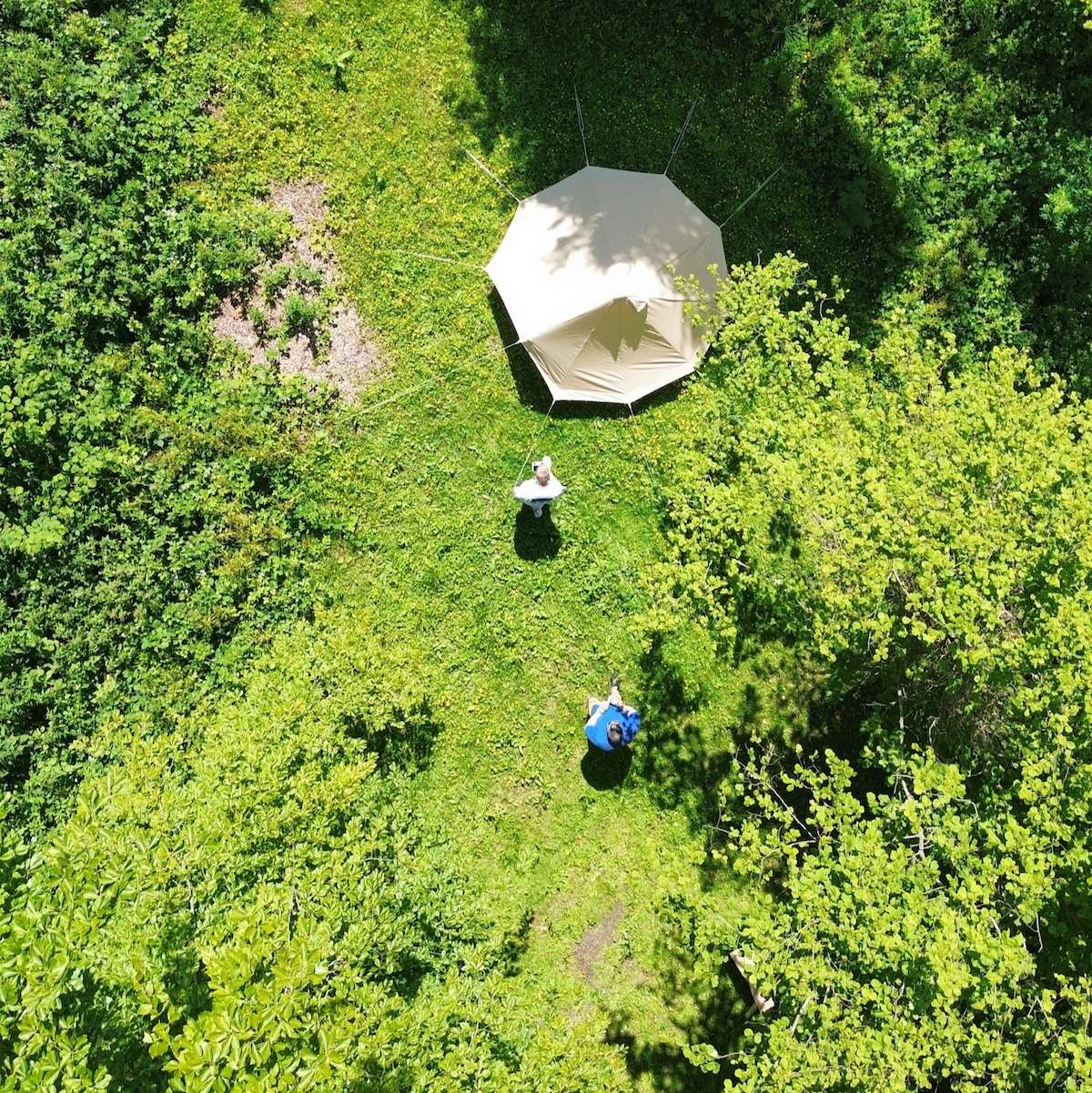

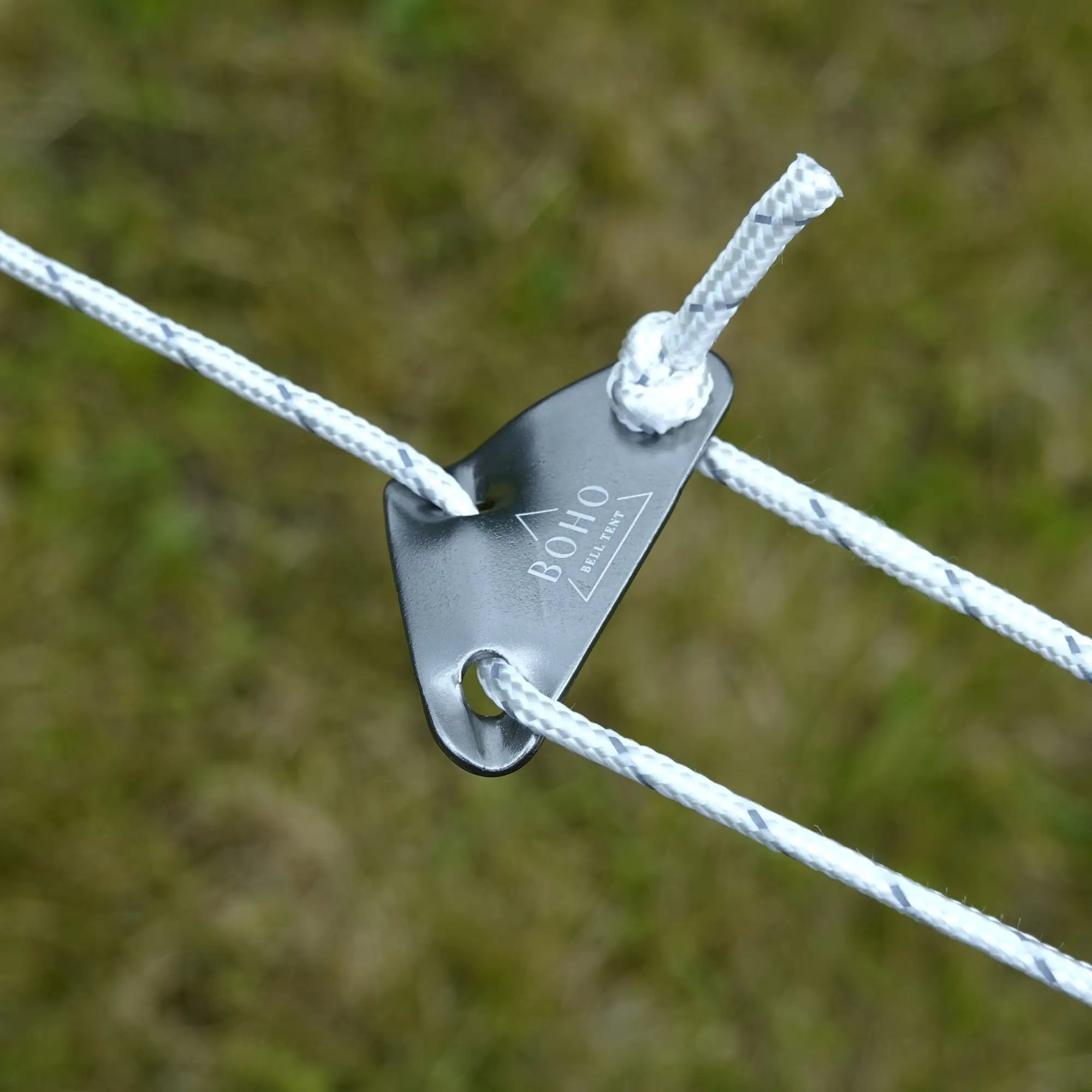
At Boho Bell Tent, we’ve helped hundreds of customers find the perfect setup for festivals, weddings, and off-grid escapes. So if you need any help at all, be sure to reach out!
Share:
How To Clean Your Bell Tent
Ultimate Guide To Buying A Bell Tent in 2025